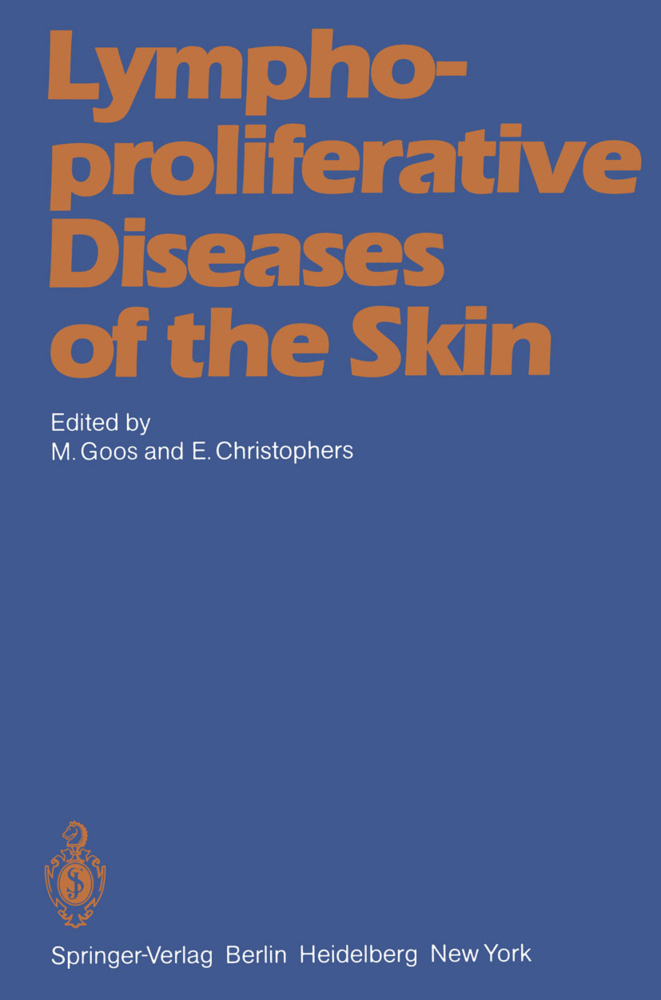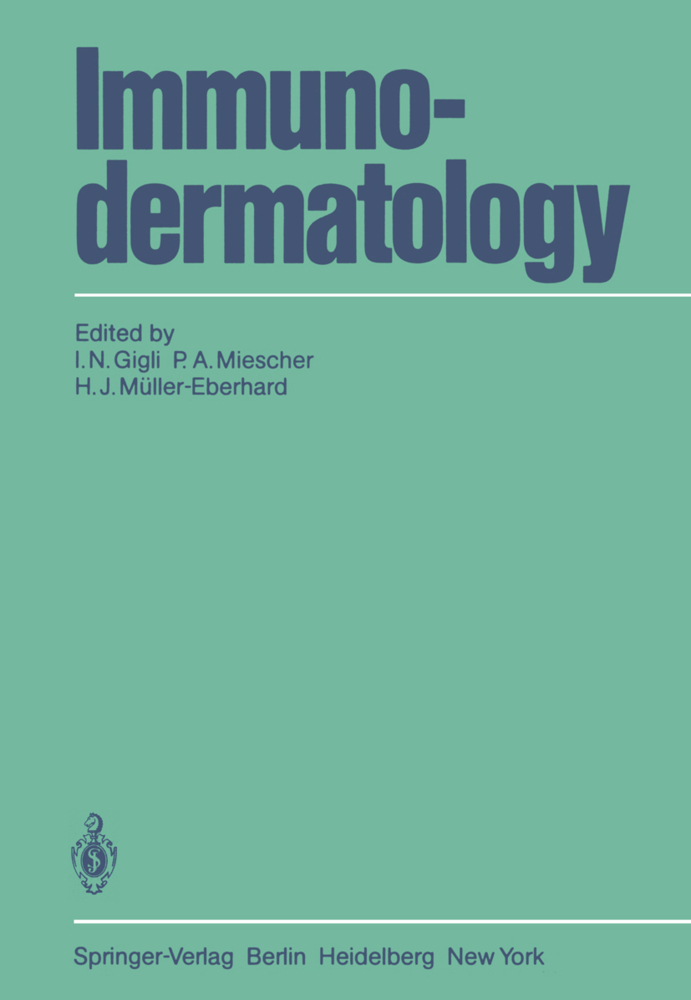Cutaneous Lymphomas, Pseudolymphomas, and Related Disorders
Cutaneous Lymphomas, Pseudolymphomas, and Related Disorders
The term "lymphoma" was originally used by Billroth in 1871 [55], and by Virehow [763] some years before that, for the designation of swelling of lymph nodes that was not due to "eareinoma, sareoma, ehondroma, myxoma, ete. " In his paper, Billroth reeounted sueeessful treatment with arsenie (" Fowler's solution") of multiple "lymphomas" that had developed in a 40-year-old woman during a 10-month period. From this report it is not entirely clear if the multiple" lymphomas" deseribed were infeetious or if they were eonsis te nt with what we now mean by "malignant lymphoma. " Today, the term "malignant lymphoma" is generally used eolleetively for malignant lymphoproliferative neoplasms that tend to arise in lymph nodes and also eneompasses Hodgkin's disease and non-Hodgkin's lymphomas. The adjeetive "malignant" seems somewhat superfluous sinee, in addition to Bill roth's original eonnotation, the sense of malignaney is nowadays read into the word "lymphoma. " To be sure, true, i. e. , malignant, lymphomas have to be differentiated from "pseudolymphomas," or to put it more exaetly, "pseudomalignant lymphomas. " In this book, "lymphoma" and "malignant lymphoma" are used interehan geably for malignant neoplastie lymphoproliferative disorders, and "pseudo lymphoma" is used for benign lymphomatous proeesses. Our editorial eonsultant, Dr. M. Leider, disagrees with all of this. In his Dictionary of Dermatological Words, Terms, and Phrases [421] and other works, he maintains that there is no etymologieal basis for words bearing the eontrived suffix" -oma" or the true Greek suffix" -ma" to denote malignaney.
3 Morphology of Cells
4 Enzyme Cytochemistry: Diagnostically Relevant Facts
5 Demonstration of Immunologic Markers for the Identification of Lymphoid Cells in Cutaneous Infiltrates
6 Patterns of Cellular Infiltrates in Cutaneous Lymphomas
7 Classifications of Malignant Non-Hodgkin's Lymphomas
Preliminary Remarks on the Following Chapters
8 Small Lymphoid Cell Lymphomas with Band-like T Cell Pattern (Mycosis Fungoides Type)
9 Small and Mixed Small and Large Lymphoid Cell Lymphomas with Nodular B Cell Pattern (Reticulosis Type)
10 Large Lymphoid Cell Lymphomas with Diffuse Non-B, Non-T Cell Pattern (Reticulo- and Lymphosarcoma Type)
11 Cutaneous Manifestations of Burkitt's Lymphoma
12 Cutaneous Manifestations of Hodgkin's Disease
13 Leukemic Lymphomas/Leukemias
14 Diseases of the Mononuclear-Phagocyte System: Tumors and Tumor-Like Disorders
15 Cutaneous Pseudolymphomas
16 Miscellaneous Diseases Clinically Resembling or Related to Cutaneous Lymphomas or Pseudolymphomas
References.
1 Introduction
2 Methods and Criteria for Identification of Cells Occurring in Lymphomas and Related Diseases of the Skin3 Morphology of Cells
4 Enzyme Cytochemistry: Diagnostically Relevant Facts
5 Demonstration of Immunologic Markers for the Identification of Lymphoid Cells in Cutaneous Infiltrates
6 Patterns of Cellular Infiltrates in Cutaneous Lymphomas
7 Classifications of Malignant Non-Hodgkin's Lymphomas
Preliminary Remarks on the Following Chapters
8 Small Lymphoid Cell Lymphomas with Band-like T Cell Pattern (Mycosis Fungoides Type)
9 Small and Mixed Small and Large Lymphoid Cell Lymphomas with Nodular B Cell Pattern (Reticulosis Type)
10 Large Lymphoid Cell Lymphomas with Diffuse Non-B, Non-T Cell Pattern (Reticulo- and Lymphosarcoma Type)
11 Cutaneous Manifestations of Burkitt's Lymphoma
12 Cutaneous Manifestations of Hodgkin's Disease
13 Leukemic Lymphomas/Leukemias
14 Diseases of the Mononuclear-Phagocyte System: Tumors and Tumor-Like Disorders
15 Cutaneous Pseudolymphomas
16 Miscellaneous Diseases Clinically Resembling or Related to Cutaneous Lymphomas or Pseudolymphomas
References.
Burg, G.
Braun-Falco, O.
Kerl, H.
Leder, L.-D.
Schmoeckel, C.
Wolff, H. H.
Leider, M.
| ISBN | 978-3-662-00890-4 |
|---|---|
| Artikelnummer | 9783662008904 |
| Medientyp | Buch |
| Auflage | Softcover reprint of the original 1st ed. 1983 |
| Copyrightjahr | 2014 |
| Verlag | Springer, Berlin |
| Umfang | XVII, 544 Seiten |
| Abbildungen | XVII, 544 p. 232 illus., 57 illus. in color. |
| Sprache | Englisch |








